Sweet bread has long been a beloved treat, known for its rich, aromatic flavor and soft, chewy texture. Among the many factors that contribute to its perfection, the use of vanilla bean stands out as a game-changer. Whether you’re a seasoned baker or new to the craft, incorporating vanilla bean into your sweet bread can elevate your creation to unparalleled levels of sophistication. But what exactly does vanilla bean bring to the table? How does it interact with other ingredients, and are there scenarios where it might not be the best choice? These are just a few of the questions we’ll explore as we dive into the art of crafting perfect sweet bread with vanilla bean. From understanding the nuances of vanilla extract versus vanilla bean to discovering the ideal oil for your sweet bread, this guide will walk you through everything you need to know to achieve a bakery-quality result right in your own kitchen. With expert tips on yeast selection, preparation techniques, and baking essentials, this comprehensive overview will leave you armed with the knowledge to create a batch of sweet bread that’s as delicious as it is impressive. So, let’s embark on this culinary journey and uncover the secrets to making sweet bread with vanilla bean like never before.
Key Takeaways
– Start with the best ingredients: All-purpose flour, active dry yeast, salt, sugar, butter or oil, whole milk, vanilla extract, and ground cinnamon for a flavorful base.
– Opt for the best oil: Choose between vegetable oil for neutrality, butter for richness, shortening for tenderness, canola oil for health-conscious baking, or applesauce for a fruity twist.
– Select the right yeast: SAF Gold is highly recommended for its efficiency and performance in sweet bread recipes. Consider active dry yeast, fresh yeast, rapid rise yeast, or sourdough yeast for unique flavor profiles.
– Master storage tips: Keep baked sweet bread at room temperature for a few days, refrigerate for up to one week, or freeze for up to three months.
– Ensure baking success by experimenting with optional additions like dried fruits or nuts for added texture and flavor.

What Does Vanilla Extract Do to Bread?
Vanilla extract plays a multifaceted role in baking bread, contributing to both taste and texture. Here’s a breakdown of its effects:
- Flavor Enhancement: Vanilla extract adds a sweet, aromatic flavor to bread, enhancing its taste and making it more appealing. Without it, bread can lack depth and may seem bland.
- Moisturizing Effect: The ethanol content in vanilla extract helps retain moisture, preventing the bread from drying out and maintaining a soft, fluffy texture.
- Preservation: Vanilla extract acts as a mild preservative by inhibiting microbial growth, extending the freshness of the bread and reducing spoilage.
- Antimicrobial Properties: Its components may have antimicrobial effects, further contributing to bread’s shelf life by combating bacteria and fungi.
When using vanilla extract in bread recipes, a few drops are typically sufficient due to its strong concentration. Overuse can overwhelm the flavor, so moderation is key to achieving the perfect balance of taste and texture.
What Pairs Well With Vanilla Bean?
Vanilla beans are a versatile ingredient that can elevate both sweet and savory dishes. Here are some excellent pairings:
- Sweet Pairings:
- Chocolate: The rich, deep flavor of dark chocolate pairs beautifully with vanilla beans. Try adding vanilla beans to chocolate ganache or incorporating them into truffle recipes.
- Fruits: Strawberries, bananas, and peaches complement the sweet aroma of vanilla beans. Consider using vanilla beans in fruit salads or as a flavor in fruit coulis.
- Cream: Cream-based desserts like custards, ice creams, and crepes benefit from the addition of vanilla beans, enhancing their creaminess and flavor.
- Beverage Pairings:
- Coffee: Vanilla beans add a smooth, sweet note to espresso drinks like cappuccinos, lattes, and macchiatos. A small amount of vanilla bean paste can elevate the flavor profile.
- Yogurt: Mix vanilla beans into plain yogurt for a creamy and flavorful treat. You can also use them in homemade granola or as a topping for parfaits.
- Smoothies: Vanilla beans add a delicious twist to vegetable-based smoothies, making them more appealing and nutritious.
- Savory Pairings:
- Fish and Seafood: Vanilla beans can lend a subtle sweetness to dishes like salmon, trout, or shrimp. Try using them in a marinade or as part of a sauce.
- Rice Dishes: Vanilla beans add a unique flavor to risottos and paellas, particularly when combined with tropical fruits or spices.
- Meat Dishes: Use vanilla beans in marinades for pork or chicken, infusing them with a sweet and savory touch.
By experimenting with these pairings, you can discover new and exciting ways to utilize vanilla beans in your cooking and baking.

Can I Use Vanilla Bean Instead of Vanilla Extract?
Yes, vanilla beans can be used as a substitute for vanilla extract, though there are several considerations to keep in mind:
- Quantity Adjustment**: Vanilla beans are typically used in larger quantities than vanilla extract to achieve the same level of flavor. Generally, about half a cup of vanilla beans is equivalent to 2 tablespoons of vanilla extract.
- Method of Use**: Vanilla beans work well in applications where they can steep or infuse their flavor, such as in beverages, desserts, or ice creams. In baking, where the extract is often mixed into dry ingredients, the beans may not dissolve as smoothly and could affect the texture.
- Recipe Type**: For baking recipes, consider experimenting with smaller amounts of beans to avoid overpowering the dish with excess flavor. Adjustments may be necessary based on the specific recipe’s requirements.
- Cost and Availability**: Vanilla beans are generally more expensive and harder to find than vanilla extract, making them a less frequent substitution unless specifically needed for their visual or textural appeal.
- Alcohol Consideration**: If avoiding alcohol, vanilla beans are a suitable alternative since they do not involve any alcohol in their preparation.
When substituting, ensure to adjust the quantity and method of incorporation according to the recipe’s needs to achieve the desired outcome. While possible, this substitution may alter the texture or flavor profile, particularly in baking applications.

What Ingredients Do You Need to Make Sweet Bread?
- All-purpose flour – The base ingredient for most baked goods, providing structure and texture.
- Active dry yeast – Essential for fermentation, which gives bread its airy texture and sourdough flavor.
- Salt – Enhances flavor and helps regulate yeast activity.
- Sugar – Adds sweetness and feeds the yeast during fermentation.
- Butter – Provides fat for moisture and richness, though oil can be used as a substitute.
- Whole milk – Adds moisture and acidity to balance the yeast’s alkalinity.
- Vanilla extract – Optional but recommended for a sweeter, more aromatic flavor.
- Ground cinnamon – Adds a warm, spicy undertone that complements the sweetness.
Optional Additions:
- Dried fruits (like raisins, figs, or cranberries) – For added sweetness and texture.
- Nuts or seeds – Provide crunch and extra nutrients.
Storage Tips:
- Baked sweet bread can be stored at room temperature for a few days or refrigerated for up to one week.
- For longer storage, freeze the bread in an airtight container for up to three months.
What Oil Is Best for Sweet Breads?
When it comes to determining the best oil for sweet breads like pan dulce, there are several options to consider, each offering unique benefits depending on the recipe and personal preference.
1. Vegetable Oil
Vegetable oil is a popular choice for baking sweet breads due to its neutrality in flavor and versatility. It works well in most recipes and doesn’t impart any additional flavor that could interfere with the sweetness of the bread. Its light texture also contributes to a softer crust.
2. Butter
For those looking to enhance the richness of their sweet bread, butter is a fantastic option. It adds a creamy flavor that complements the sweetness perfectly. However, be cautious with quantities as too much butter can weigh down the dough and affect the texture.
3. Shortening
Vegetable-based shortenings are another excellent choice for achieving a tender and fluffy texture in sweet breads. They work well in combination with other ingredients to trap moisture, ensuring a light and airy crumb.
4. Canola Oil
Canola oil is a health-conscious option that remains a favorite among bakers. Its neutral flavor makes it ideal for sweet breads, and it’s lower in saturated fats compared to butter. It’s also versatile and can be used interchangeably with other oils without significant changes to the recipe.
5. Applesauce
For a healthier twist, applesauce is a wonderful substitute. It adds natural sweetness and moisture to the bread while reducing the overall fat content. However, it does introduce a slight fruity flavor, so it may not be suitable for all recipes.
Ultimately, the best oil to use depends on the specific recipe you’re following and your personal preferences. Many traditional pan dulce recipes call for vegetable oil or butter, but feel free to experiment with others to discover what works best for you!
Looking for more baking tips? Check out our comprehensive guide on baking sweet breads for additional insights and expert recommendations.

What is the best yeast for sweet bread?
When it comes to crafting perfect sweet bread, the choice of yeast plays a crucial role in achieving the desired flavor, texture, and rise. Here’s a breakdown of the best yeast options for sweet bread:
- Sweet Bread Yeast Recommendations:
- Instant Yeast (SAF Gold): Known for its exceptional performance in sweet breads, SAF Gold is a top choice due to its ability to handle high sugar levels and fat effectively. It ensures a consistent rise and excellent texture.
- Active Dry Yeast: While effective, active dry yeast may require more attention and proofing compared to instant yeasts. It’s a reliable option but may not be as efficient as instant varieties.
- Fresh Yeast: Offers a rich, traditional taste and better fermentation properties. However, it can be challenging to source and may require specialized handling.
- Rapid Rise or Quick Yeast: These yeasts offer convenience with similar performance to instant yeasts, making them a good middle ground for those seeking ease of use.
- Sourdough Yeast: For a unique twist, sourdough yeast adds a tangy flavor. It’s ideal for those looking to experiment beyond traditional sweet bread recipes.
Comparison Table: Yeast Performance Features
| Yeast Type | Ease of Use | Flavor Profile | Teksture & Rise |
|---|---|---|---|
| SAF Gold | Highly Efficient | Neutral to Slightly Sweet | Excellent Rise & Texture |
| Active Dry Yeast | Requires Proofing | Traditional Flavor | Good, Consistent Rise |
| Fresh Yeast | Requires Special Handling | Rich, Traditional Taste | Superior Fermentation |
| Rapid Rise Yeast | Convenient | Neutral to Slightly Sweet | Quick & Reliable Rise |
| Sourdough Yeast | Needs Acidic Environment | Tangy Flavor | Unique Texture |
Conclusion: The best yeast for sweet bread depends on your preferences. For convenience and superior performance, SAF Gold is highly recommended. If you’re open to experimenting, sourdough yeast offers a unique twist. Choose based on your baking goals and availability factors.
For more insights and recipes, visit us at Panito Mole and explore our collection of authentic Mexican sweet bread recipes and baking techniques.
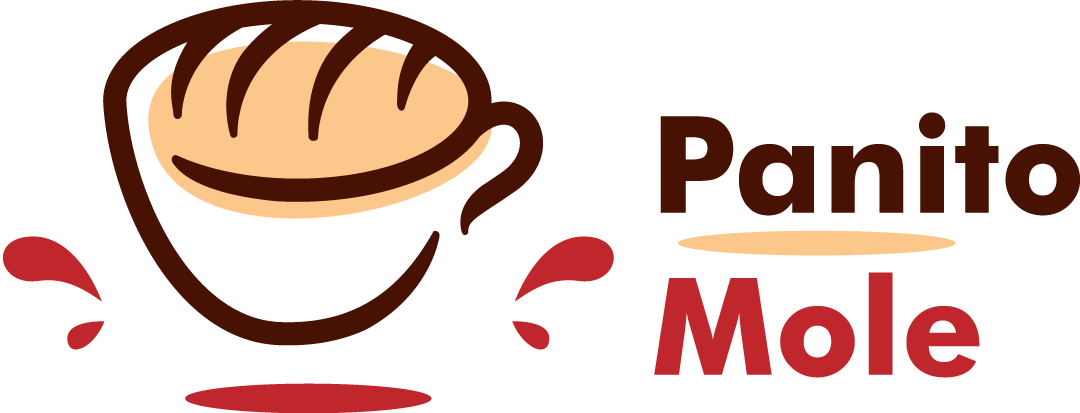
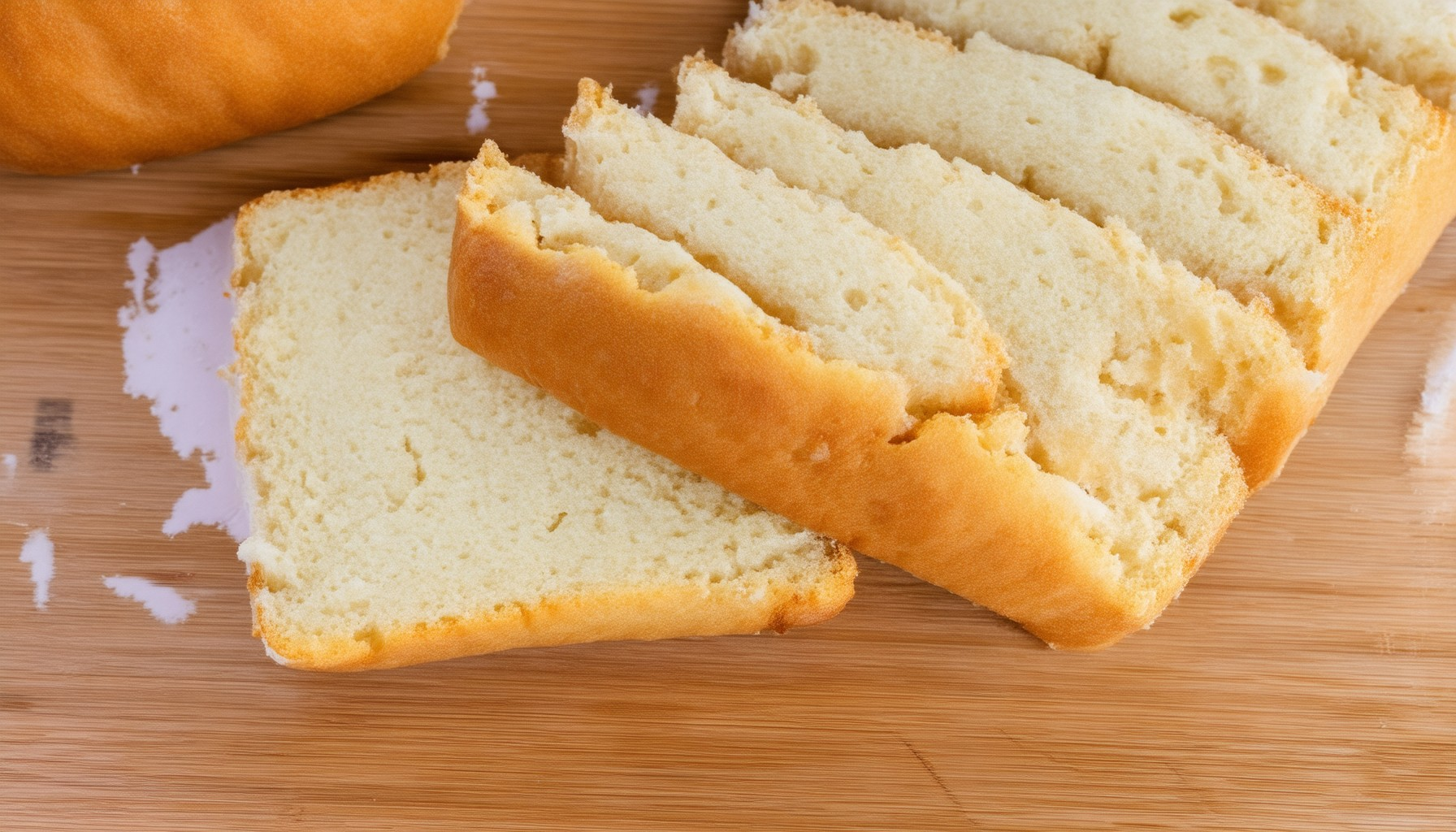
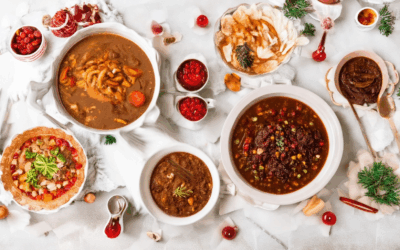
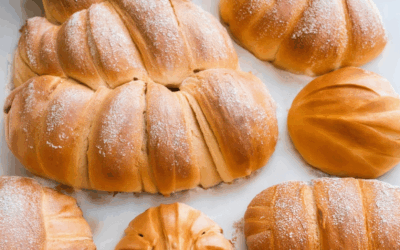
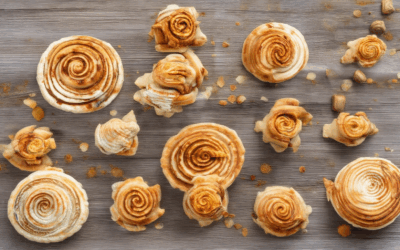
0 Comments